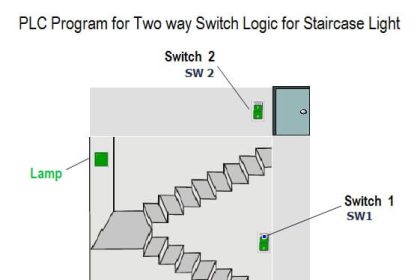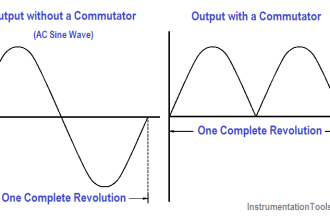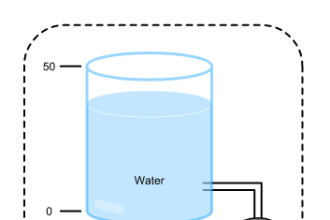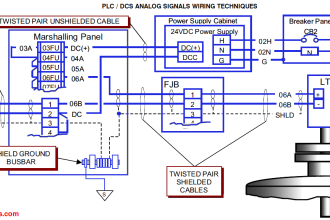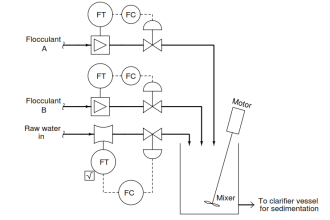We all know how earthing plays a very important role in electrical circuits. They help to protect the personnel and nearby devices from electrical shock and leakage current damage. Earthing is done by digging a pit in the earth surface and mounting an earthing rod on it, where the earthing wire from the panel is connected. But, do you know why a mixture of charcoal and salt are added to the pit? It is a surprising concept and so we will see why we use them in an earthing pit.
What is earthing resistance?
First of all, let us understand what earthing resistance is. An earth pit is first dug outside the panel area, and an electrode is fitted on the pit. The earthing wire from the panel is then connected to this rod. This is done to bypass any leakage current in the panel to the soil. Now, this means that the soil should have less resistance for passing the current to itself. This is earthing resistance.
It is a measure of the earth’s resistance to passing electricity through it. It is usually the resistance between the earth pit and the electrode. The fault current from the electrode spreads in a particular area in the soil. So, the resistance of soil plays a very important role in deciding the final value. It is normally between 1 to 1000 ohms. Whenever you design an earthing pit, please consider the resistance of soil and see how it performs.
The soil resistance is affected by the presence of water, salts, and other chemical components. Moist soil will have low resistance, while dry soil will have high resistance.
How does salt and charcoal work to improve resistance?
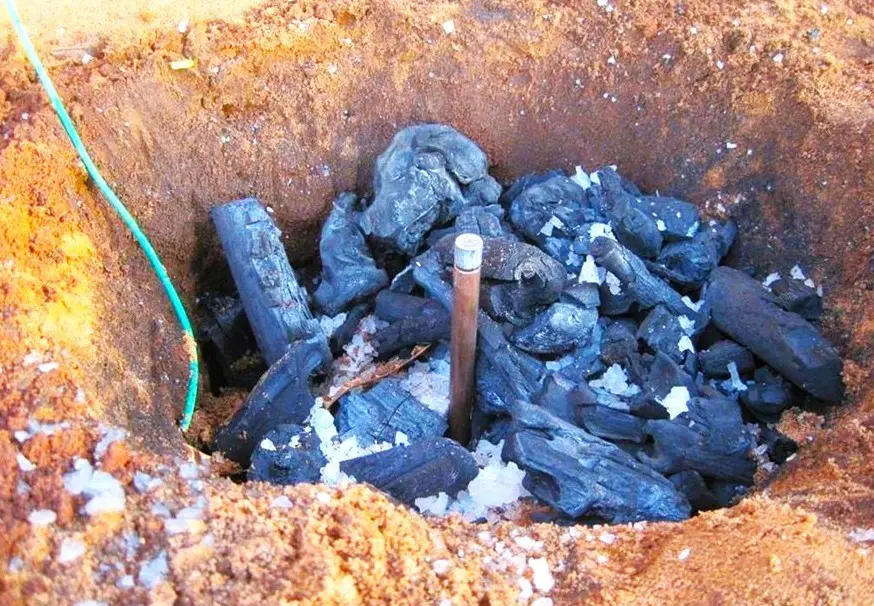
As we discussed earlier, the resistance of the soil must be low for passing leakage and fault current safely to the earth. For that, whenever you dig an earth pit, the soil chosen should have lower resistance. But also, once chosen, the resistance should be maintained and it is not allowed to increase during the course of life. Otherwise, there is no use to earth the panel, as the fault current will then not flow due to high resistance. So, here we conclude that apart from selecting first, retaining the resistance too is necessary.
This role is easily played by salt and charcoal. Salt allows to increase the conductive nature of a material, so it will automatically decrease the resistance of the soil. The salt used as an electrolyte (it is a crystalline compound which is ionic in nature and strongly attracts water molecules) helps to increase porosity inside the soil and thus increase conductivity.
Charcoal is a component of carbon, a hygroscopic material and it can easily absorb moisture and retain it. Due to this, the resistance of the soil is maintained at a lower value. The chemical composition of both the charcoal and salt are such that they blend with each other easily. Due to this, one component will increase conductivity and the other one will maintain conductivity. This forms a perfect mixture for controlling soil resistance.
The resistance of the earth should ideally be maintained below 1 ohms. Also, it is essential to water the soil frequently, so that the resistance is maintained at a lower value. Practically, layers of salt and charcoal are added in alternate forms to design as a cake and then merged in the soil.
In this way, we saw why salt and charcoal are added to an earthing pit.alt and charcoal are added to an earthing pit.
Read Next:
- Components in Electrical Earthing
- Electrical QA QC Interview Questions
- Claw Machine using PLC Programming
- Compare Short Circuit and Ground Fault
- Earthing Practices in PLC Control Panel



